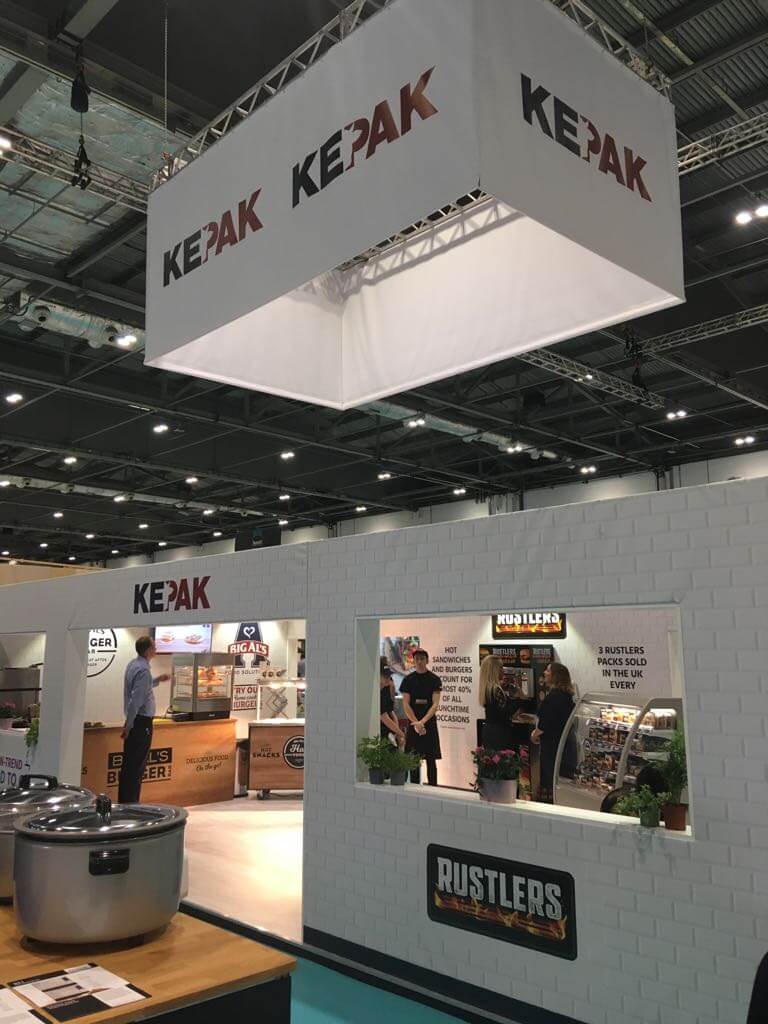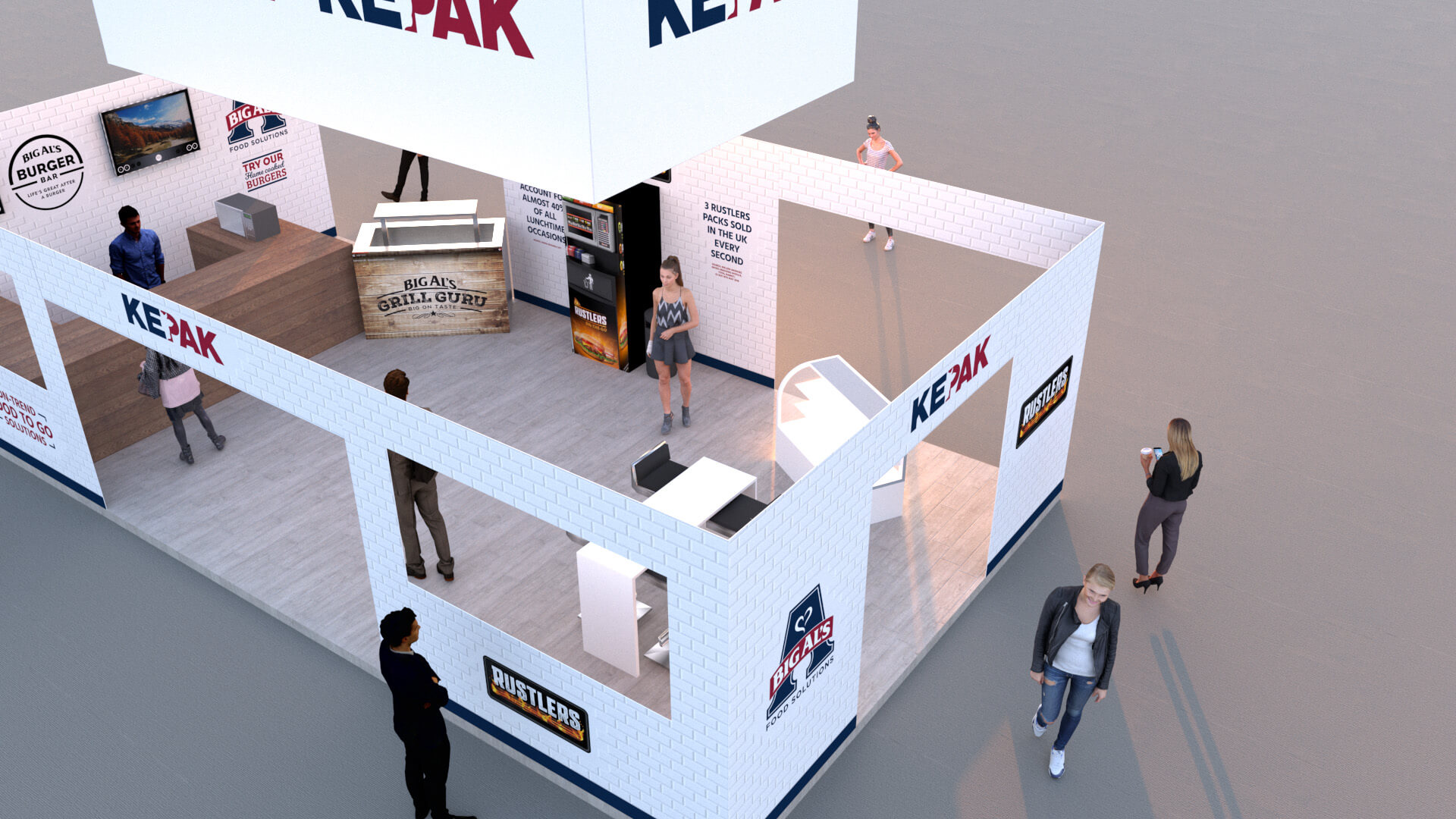
Dane Waldron Logistics works across exhibition logistics, stand design, installation, and storage, helping clients prepare and deliver exhibition stands without operational stress. Their clients range from large food manufacturers to smaller consumer brands, each with different requirements, budgets, and constraints. What unites them is the need for stands that are functional, visually engaging, and cost effective across multiple shows.
One of the biggest challenges in exhibition work is aligning everyone involved before anything is built. Stands often involve multiple suppliers, various sets of artwork, and evolving requirements. When planning is carried out only through flat artwork or basic sketches, it’s easy for misunderstandings to grow. Physical builds can become costly, and amends at the production stage can lead to lost time, unnecessary reprints, or structural compromises.
Our work with Dane Waldron focused on eliminating those issues through detailed 3D visualisation. Across four major exhibition stands for Kepak, La De Da Living, Rustlers, and Burts Crisps, we produced accurate 3D models, layouts, and rendered visuals to guide planning, support decision making, and ensure the installations matched expectations once built.
SketchUp was used to build the core spatial models for each stand, ensuring that every component, from walls to product displays to floor layouts, was dimensionally correct. V-Ray rendering was then used to create cinematic, high clarity images that showed materials, lighting, print placements, and the overall exhibition atmosphere. These visuals gave everyone involved a shared reference point long before production began.
By turning complex exhibition concepts into fully realised 3D environments, we helped reduce risk, prevent miscommunication, and give the client and their clients the confidence that what they approved was exactly what they would receive on site.


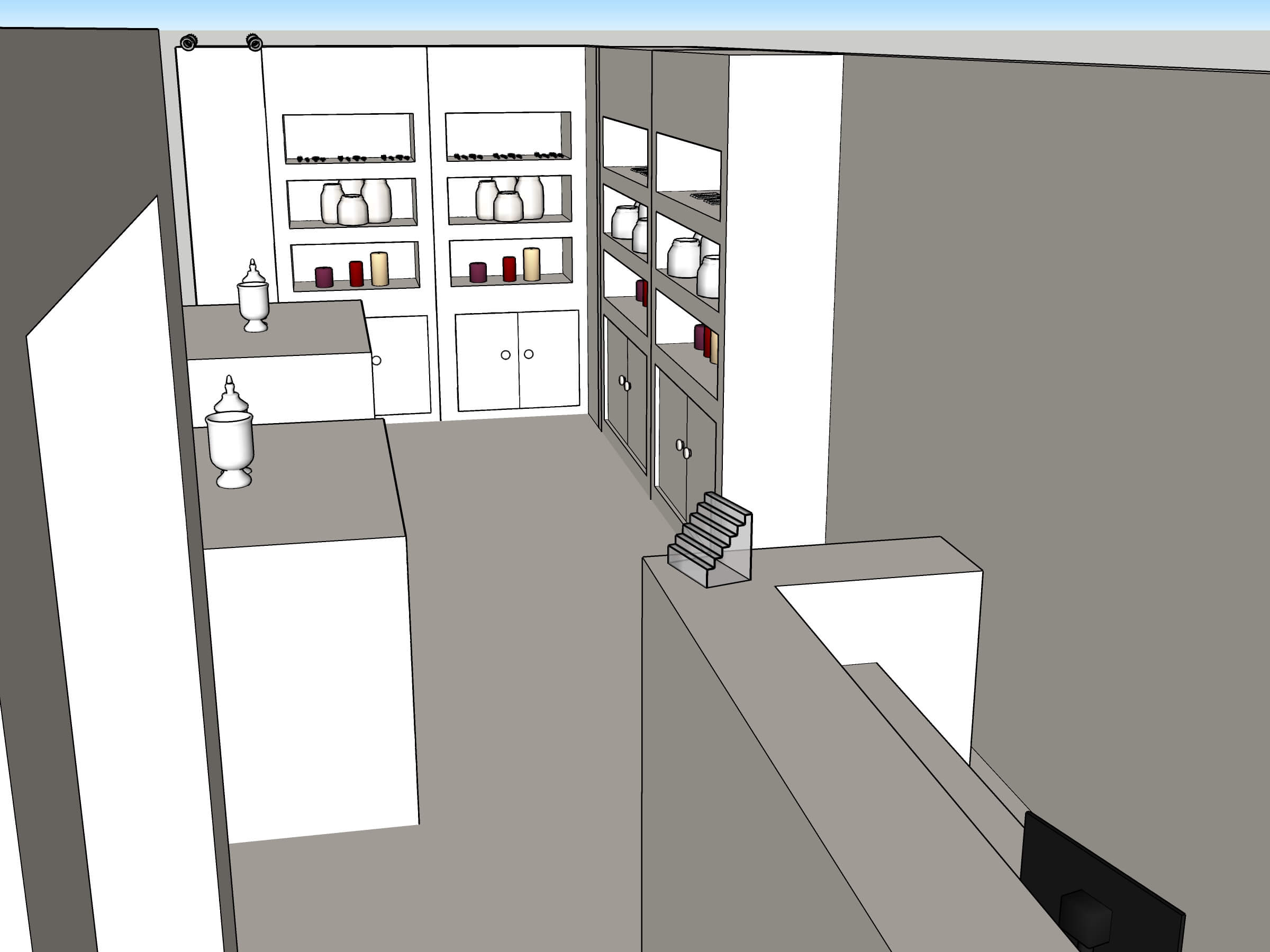
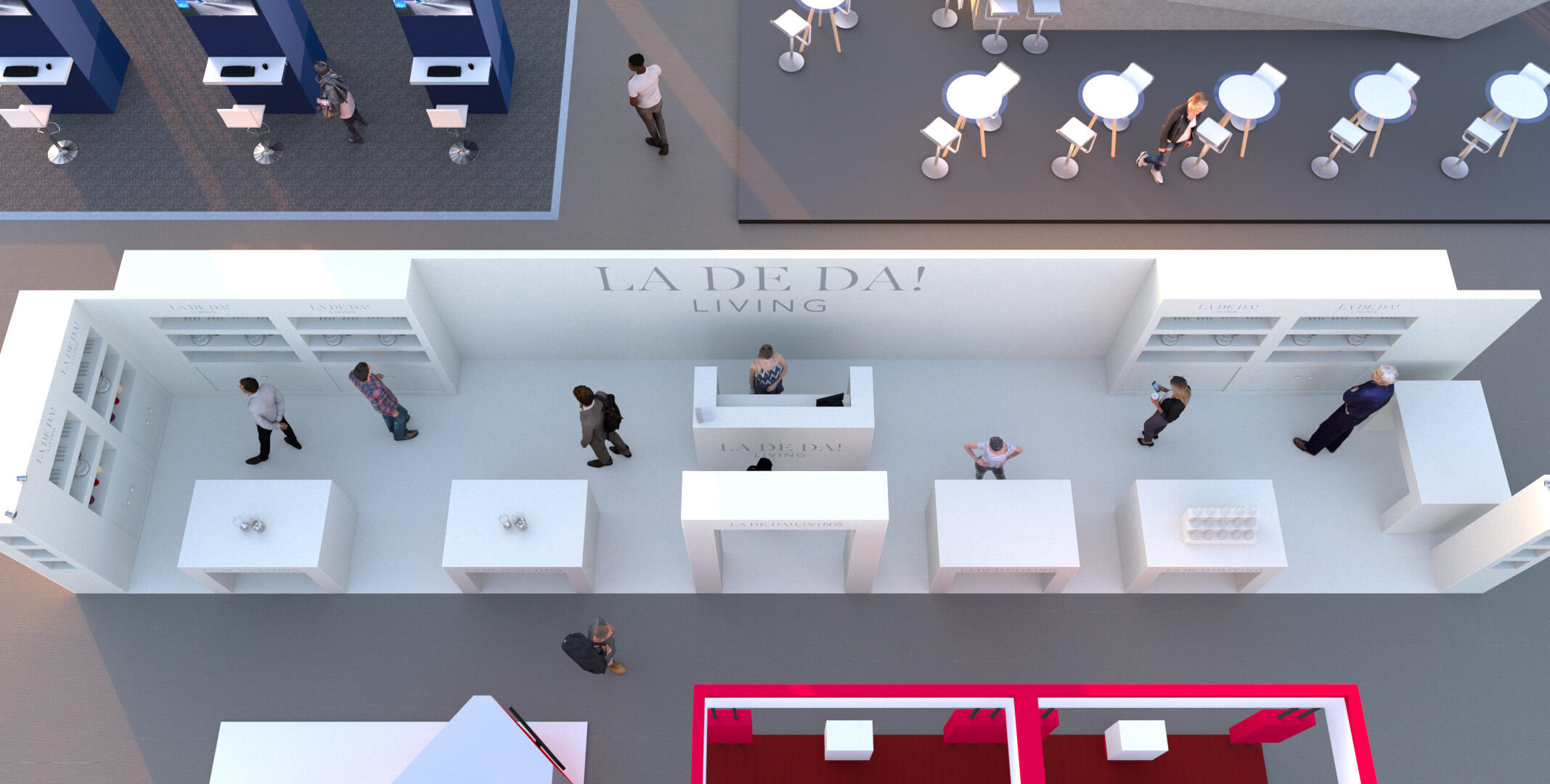

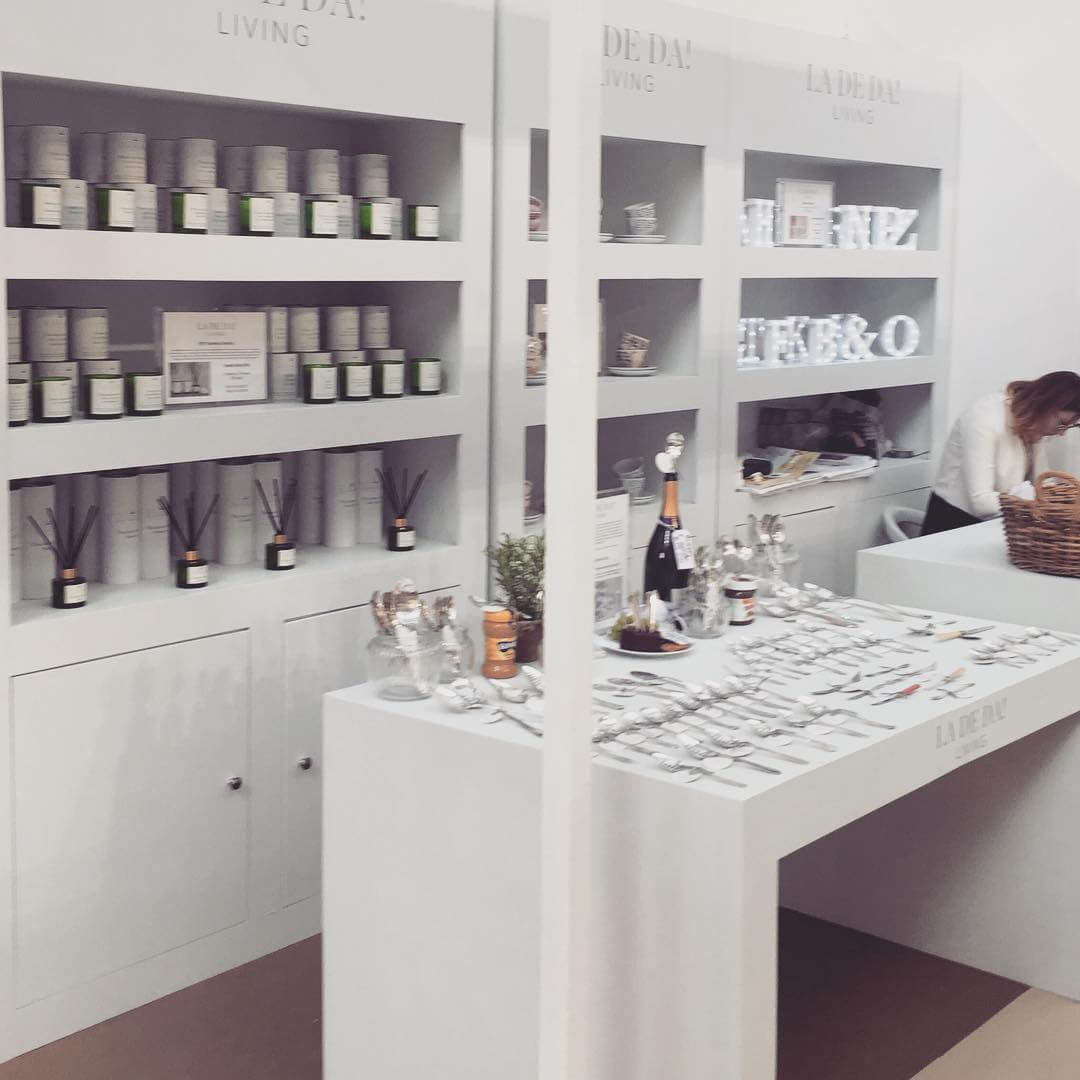
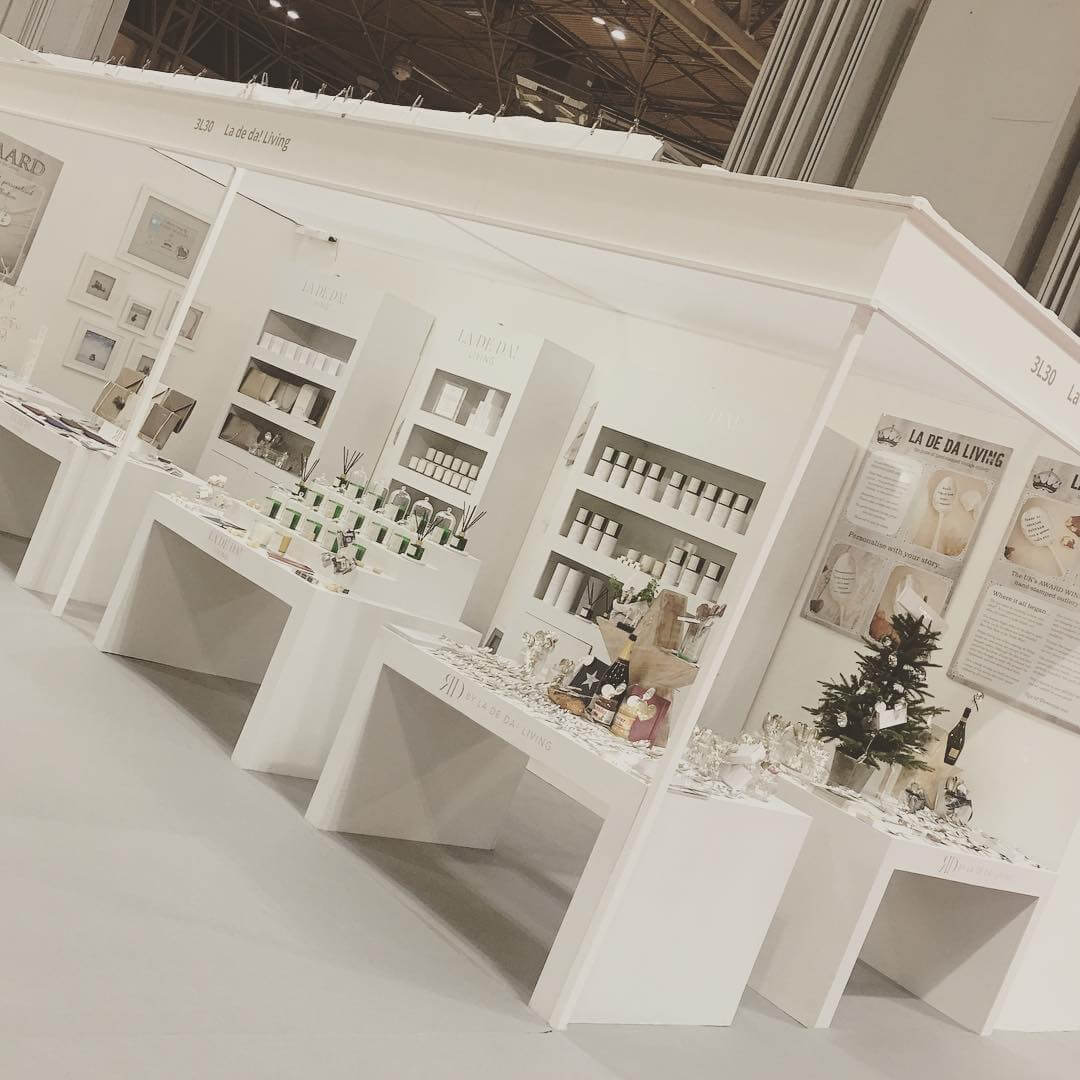
Each of the four exhibitions came with its own requirements, scale, and technical challenges. Kepak was the largest and most complex, requiring a full spatial understanding of how the brand elements fit within a substantial footprint. We worked from reference plans and artwork supplied by another studio, translating these into a complete SketchUp model that reflected the intended layout. Once the structure was defined, we applied the artwork, refined the material finishes, and rendered high fidelity images through V-Ray. These visuals made it clear how the final build would look under realistic lighting conditions and allowed the wider team to sign off confidently.
La De Da Living required a similar process, though the scale was smaller and more focused on product presentation. As a personalised homeware and gift brand, their stand needed clarity, warmth, and a sense of premium craft. The 3D model allowed us to test shelving, backdrops, and layout options before settling on the most effective design. The final visualisation helped secure approval and supported the installation at the Good Morning event, where the stand went on to be listed among the Top 10 at the show.
The Rustlers and Burts Crisps stands were compact installations requiring concise layouts with minimal room for error. Despite the smaller scale, the same process applied: build accurate models, test configurations, and render visuals to ensure that both brands could see exactly how their limited space would work in practice. These micro layouts benefited the most from visualisation because even small misjudgments in spacing can impact usability on event day.
Throughout all four projects, the primary value came from clarity. The 3D visuals removed ambiguity, kept all stakeholders aligned, and gave the build teams precise reference material for construction and installation. Unrealistic assumptions were eliminated early, long before they could turn into expensive mistakes. This approach also streamlined the amendment process, since clients could visually assess the full stand instead of relying on flat artwork or verbal explanation.
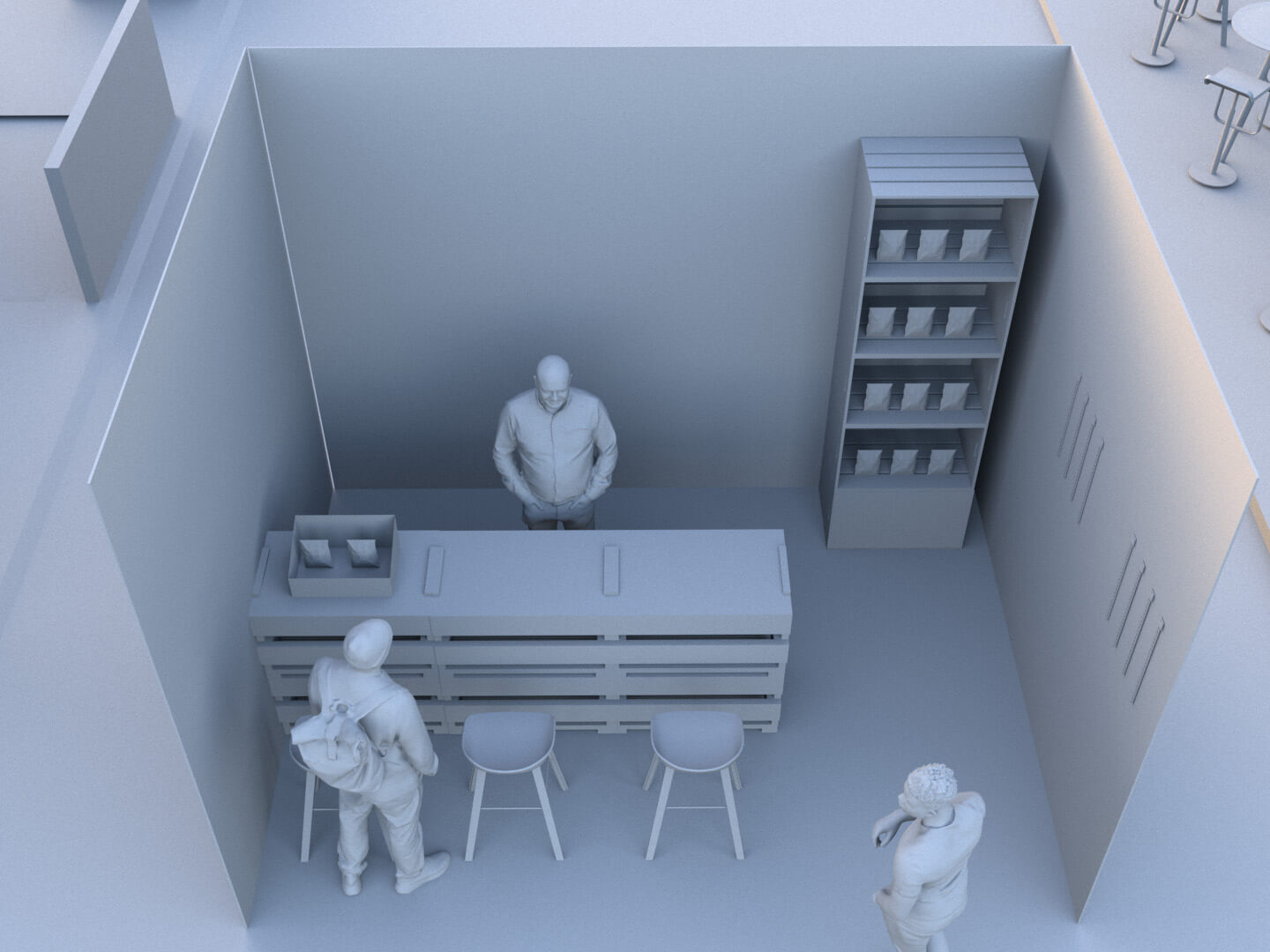


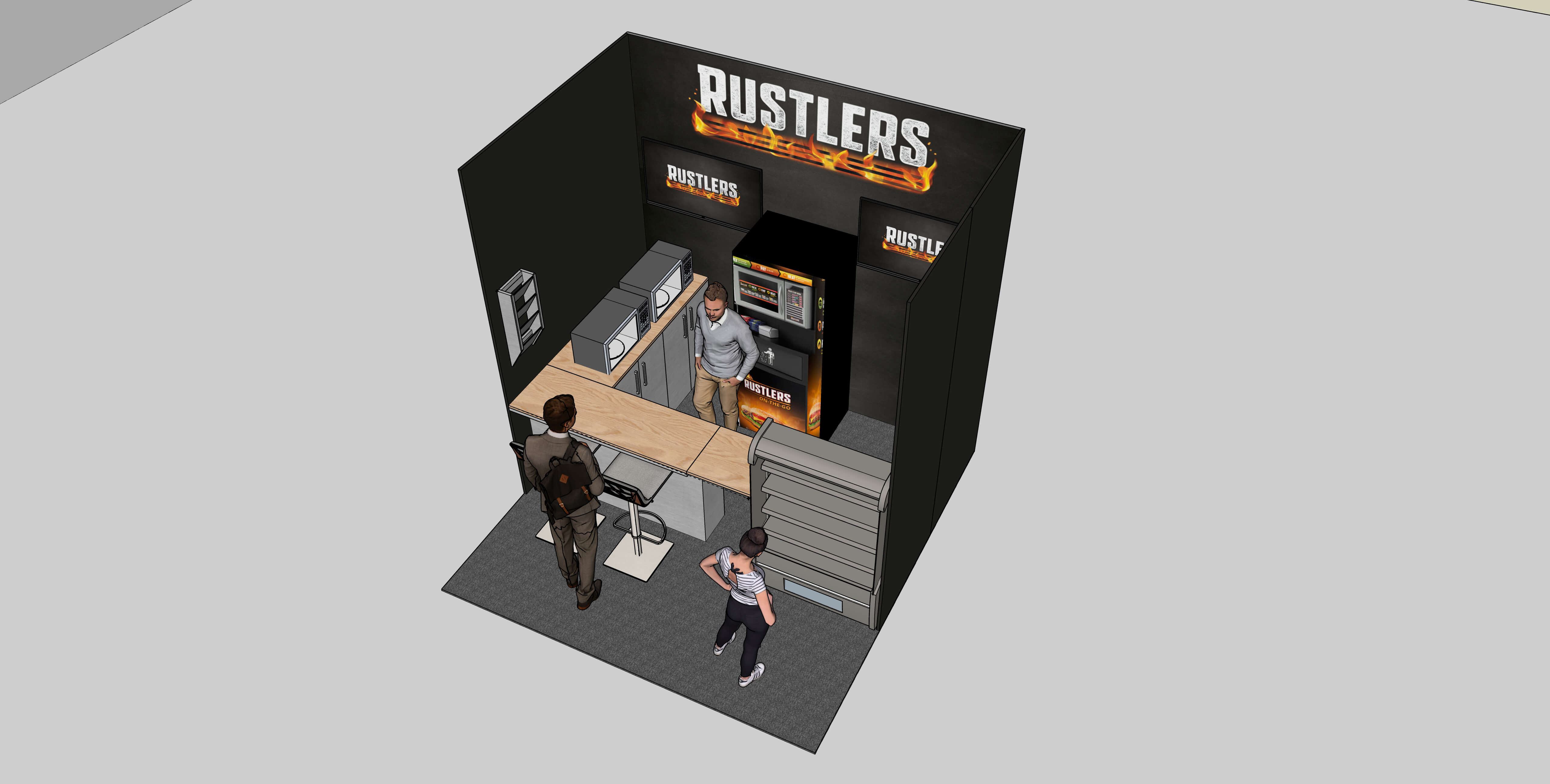


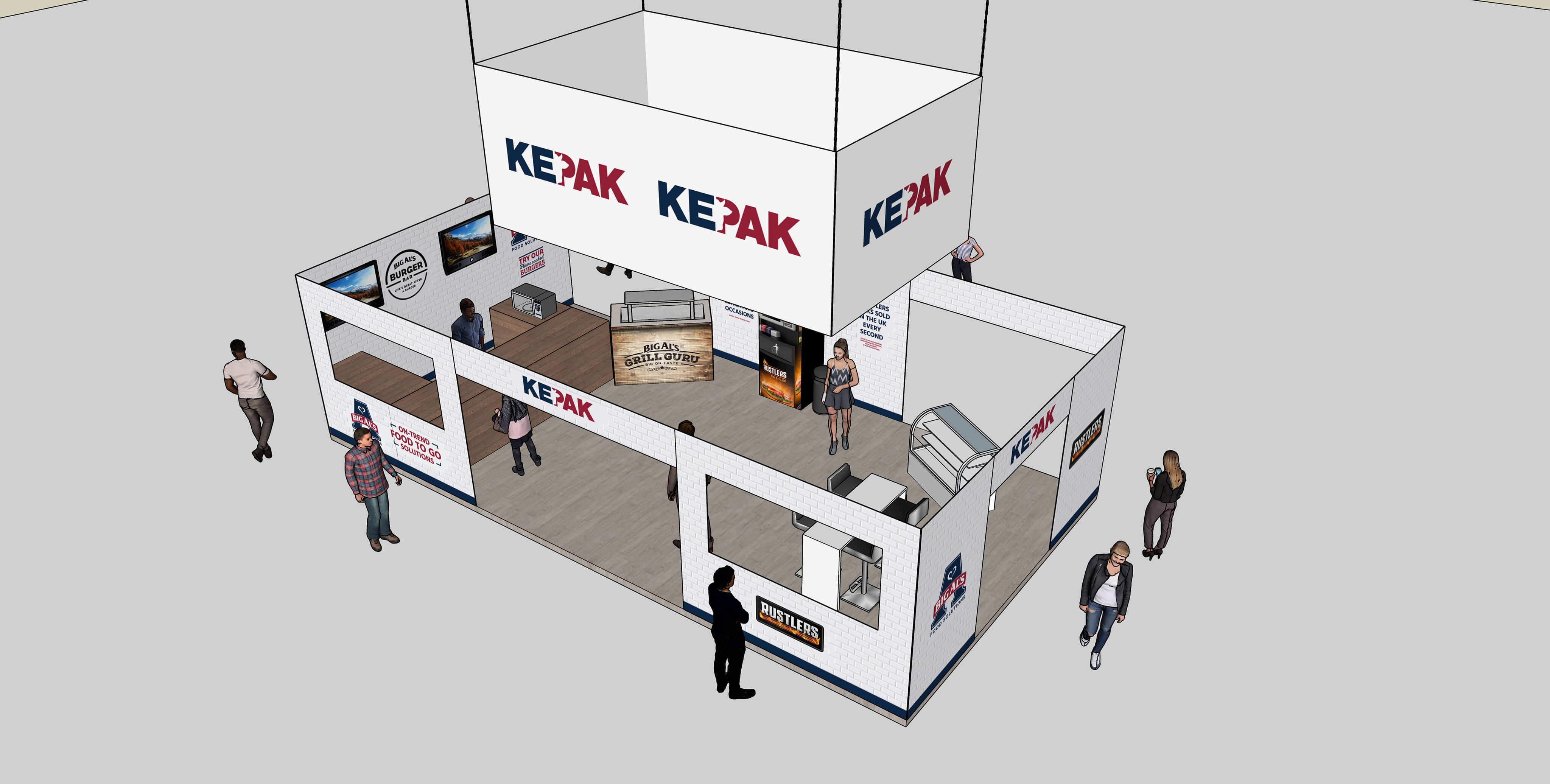

Every stand was delivered successfully and on schedule, with only minimal amends required during the approval stages. The visualisations helped reduce risk, remove confusion, and speed up decision making. For larger stands like Kepak, the 3D approach prevented costly rework that would normally occur once a build is underway. For smaller stands such as Rustlers and Burts, it helped optimise limited space and ensured the final structures were practical and visually strong.
Across all four exhibitions, the 3D work became a central tool for communication between Dane Waldron, their clients, and their installation teams. By providing realistic visuals well before any materials were produced, everyone began the project with the same clear understanding of the outcome, resulting in smoother builds, a simpler approval process, and better final installations.


